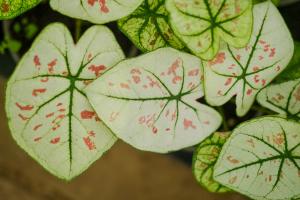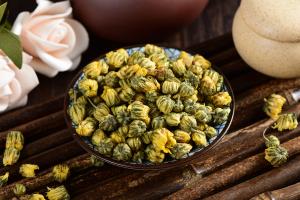Can You Eat Elephant Ear Plant
Elephant ear plant, scientifically known as Colocasia esculenta or taro, is a tropical plant grown for its edible corms and leaves in various regions of the world. While it鈥檚 a popular ingredient in many cuisines, the question is, can you eat elephant ear plant?
The Edible Parts of Elephant Ear Plant
The elephant ear plant has several edible parts. The corms (underground stem) and cooked leaves are the most commonly consumed parts. Taro also has edible stems, shoots, and flowers, though they are less popular.
The corms are harvested after the plant has matured for 8-12 months. They are peeled, sliced or grated, and then boiled, baked, or roasted. Taro has a starchy, nutty flavor and a dense texture that makes it a great addition to stews, soups, and curries.
On the other hand, cooked elephant ear leaves are used as a wrap for meat or fish stuffing or saut茅ed with spices or coconut milk. Some cultures also use the young shoots and stems in salads, while the flowers are used as a garnish or in curries.
Safety Concerns
While elephant ear plants are edible, they must be properly cooked and prepared before consumption. Raw corms and leaves contain oxalates, which can cause throat irritation, inflammation, and severe vomiting. Oxalates can be broken down by heat, so it鈥檚 essential to cook the plant before eating.
Moreover, some elephant ear plants, especially those grown in contaminated soils, can absorb high levels of arsenic, which can be toxic to humans. Therefore, it鈥檚 crucial to source elephant ear plants from reputable sellers and ensure they are grown under safe conditions.
Conclusion
Elephant ear plants are edible plants that have been consumed for centuries in many cultures worldwide. The corms and leaves are the most popular edible parts and are enjoyed in various dishes. However, they must be cooked and prepared properly, and it鈥檚 important to source them from reliable sources to avoid health risks.

 how many times do yo...
how many times do yo... how many planted tre...
how many planted tre... how many pine trees ...
how many pine trees ... how many pecan trees...
how many pecan trees... how many plants comp...
how many plants comp... how many plants can ...
how many plants can ... how many plants and ...
how many plants and ... how many pepper plan...
how many pepper plan...































